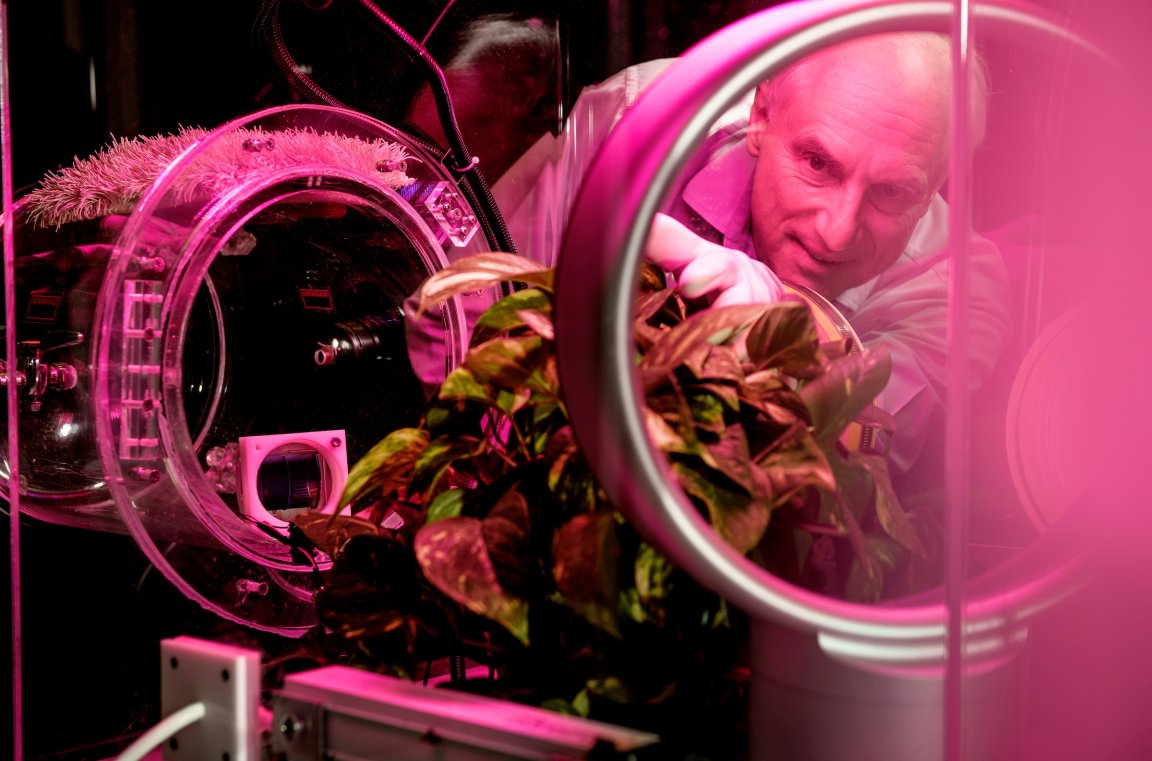
Carbon Capture
If it’s a mechanical tree, does the Lorax still speak for it? Sure, the mechanical trees we’re talking about don’t have a disco mode like the Oak-amatic in the 2012 “Lorax” film, but they do have a big job — soaking up rogue carbon dioxide from the atmosphere.
In a new interview published yesterday in Inverse, Arizona State University professor Klaus Lackner, a pioneer in direct air capture and carbon storage, explained his mechanical trees and the future of capturing CO2 directly from the air to stave off climate change.
“They’re tall vertical columns of discs coated with a chemical resin, about five feet in diameter, with the discs about two inches apart, like a stack of records,” Lackner told Inverse. “As the air blows through, the surfaces of the discs absorb CO2. After 20 minutes or so, the discs are full, and they sink into a barrel below. We send in water and steam to release the CO2 into a closed environment.”
Back in July of 2021, ASU announced that Lackner received $2.5 million in Department of Energy funding to work on his CO2 capture devices. At the time, Lackner was planning three farms that could soak up 1,000 tons of CO2 per day. According to Inverse, the first of these farms will open for business in April this year.
Suck It Up
One thing that sticks out in Lackner’s Inverse interview is how imperfect literally every global warming mitigation technique is. He easily explained how his trees would use less energy that other intensive carbon capture projects, but then he also cautioned why better carbon storage is key — otherwise, our grandkids will just be battling the carbon we captured when it escapes. Lackner is also worried about the Department of Energy’s approach.
“DOE is scaring me because they make it sound like the technology is already ready,” Lacker told the site. “After neglecting the technology for 30 years, we can’t just say there are companies who know how to do it and all we have to do is push it along. Climeworks is the largest company doing direct capture commercially, and it sells CO2 at around $500 to $1,000 per ton. That’s too expensive.”
Basically, nothing is perfect. But we have to do something. It seems like most eco-friendly efforts have pros and cons, and at least for now, prioritizing progress over perfection means we can move ahead while still developing even better tech to save our Earth.
More on climate change: The “Doomsday Glacier” is Irreversibly Melting, Researchers Say